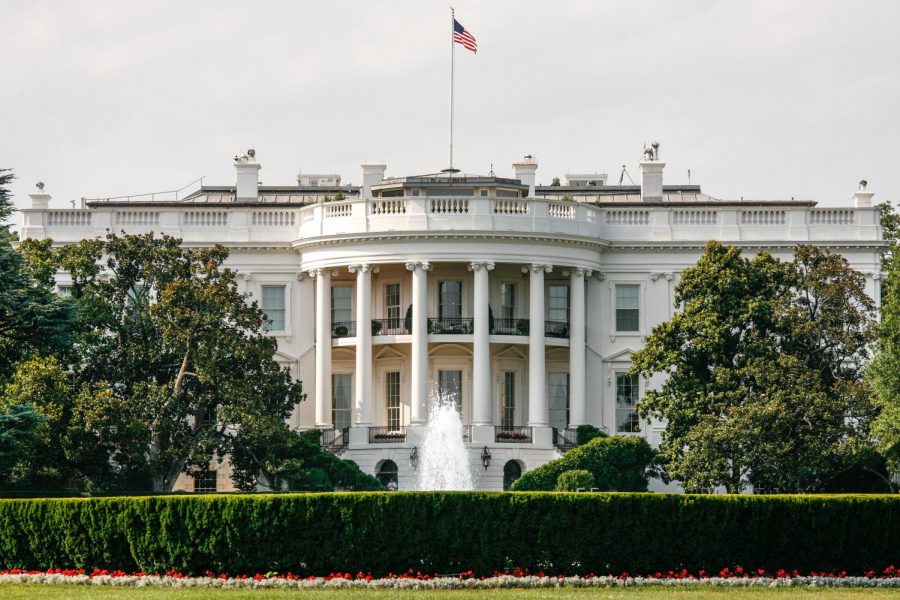Government Shutdown
Photo by Wikimedia Commons
On December 22, 2018, the United States Government officially shut down as a result of President Trump and Congress not agreeing over the appropriation of funds for 2019.
In the United States, a government shutdown occurs when Congress fails to pass sufficient appropriation bills (legislation to fund government departments, programs, and agencies), or the President refuses to sign these bills into law.
The primary cause of the recent shutdown was disagreement over President Trump’s request for $5.7 billion to fund his U.S.-Mexico border wall. According to The Washington Post, President Trump initially agreed to sign a funding bill without the inclusion of funding the border wall on December 18th. However, just two days later he changed his position and said he would not sign a funding bill unless funding for the border wall was included. The government officially shut down shortly after this decision.
Democrat Nancy Pelosi, Speaker of the House of Representatives, compared the shutdown to a hostage situation. According to CNBC, she said “President Trump must stop holding the American people hostage, must stop manufacturing a crisis and must reopen the government.” Many bills to reopen the government have been passed by the Democrat controlled House of Representatives, but were blocked from the Senate by the Senate Majority Leader, Republican Mitch McConnell.
President Trump has mentioned several benefits of his proposed border wall. According to the New York Times, he said “All of the border things that we’ll be building will be done right here in the good old U.S.A by steel companies that were practically out of business when I came into office.” Along with the supposed economic benefits, President Trump has also spoken confidently about how the wall will tighten up border security and immigration.
There are many consequences that occur when the government is shutdown. According to TIME, the consequences of this government shutdown included the stopping of IRS (Internal Revenue Service) operations, delayed funding for government assisted Native American Tribes, a delayed lawsuit against President Trump, and the closure of national parks, national museums, and the National Zoo. Perhaps the most noticeable effect was on around 800,000 government employees who did not receive paychecks until the government resumed operations.
The government finally reopened on January 25th when President Trump signed a bill to end the shutdown until February 15th. This was the longest government shutdown in the history of the United States, lasting from December 22nd to January 25th (35 days). If President Trump and Congress do not come to an agreement on border wall funding by February 15th, the government operations will likely be halted again.





![Photo Credit; Miller, Kim. “City of Asheville prepares for a weekend of winter weather.” City of Asheville prepares for a weekend of winter weather [Ashville], 10 February 2023, https://www.ashevillenc.gov/news/city-of-asheville-prepares-for-a-weekend-of-winter-weather/. Accessed 06 January 2025.](https://binghamprospector.org/wp-content/uploads/2025/01/Screenshot-2025-01-14-7.54.38-AM.png)